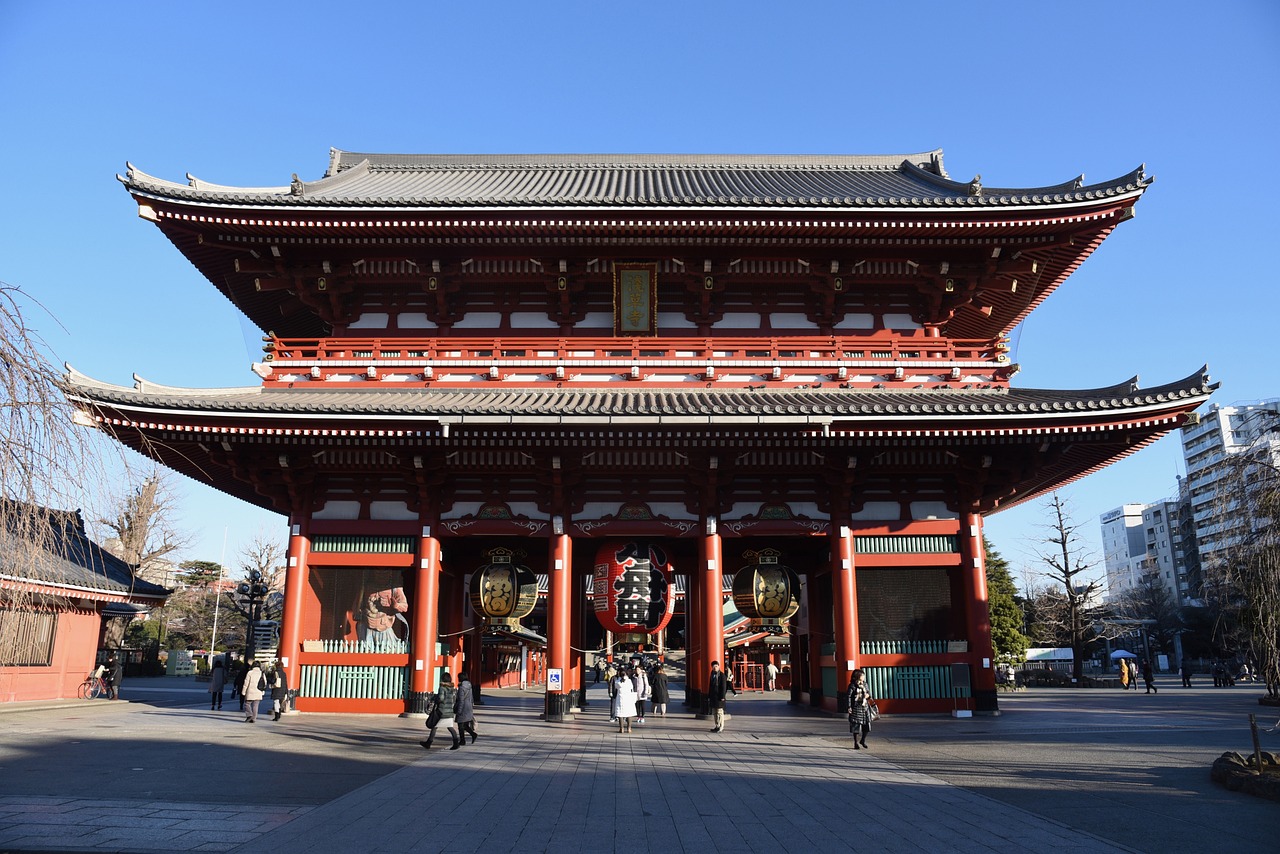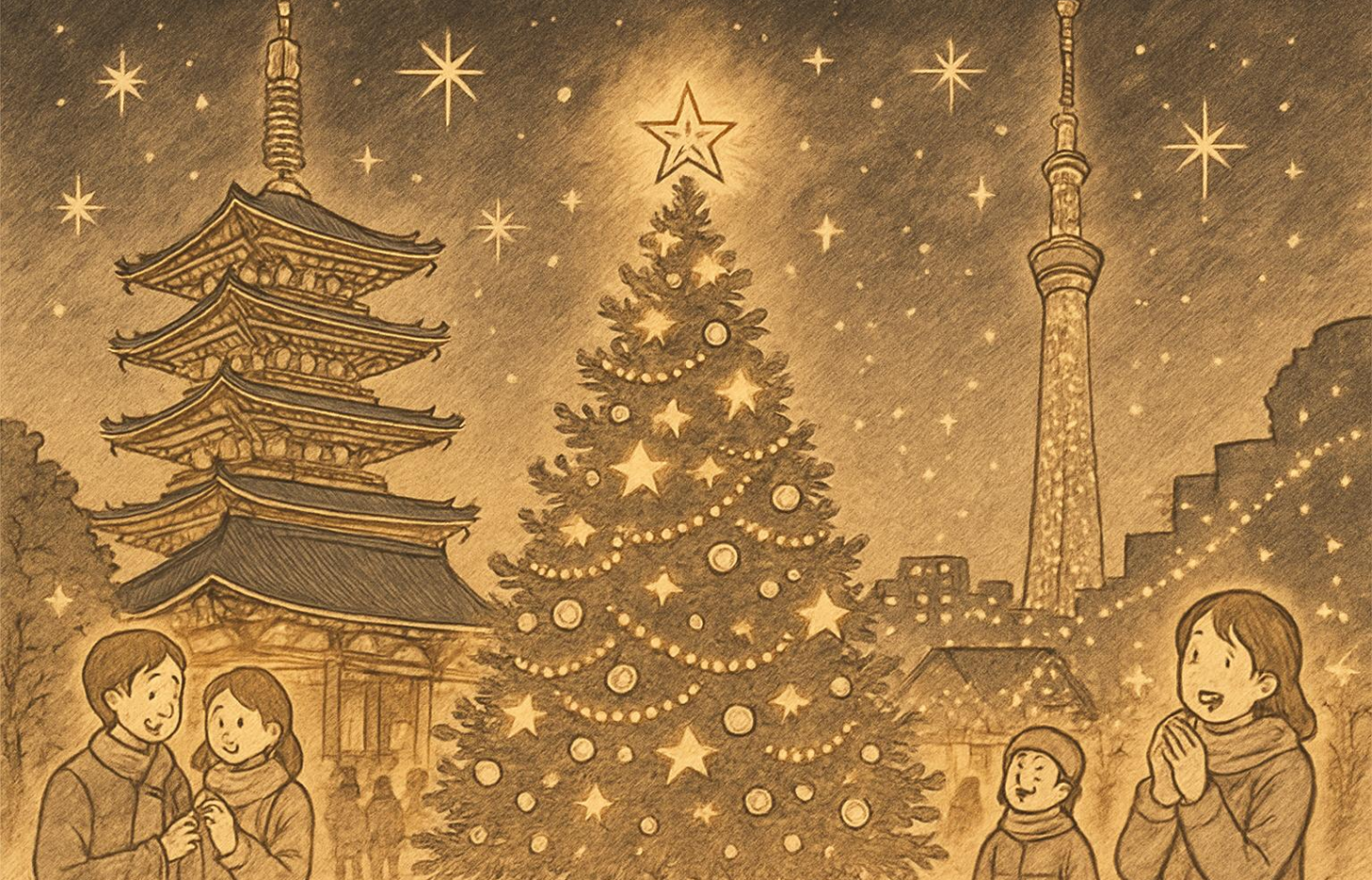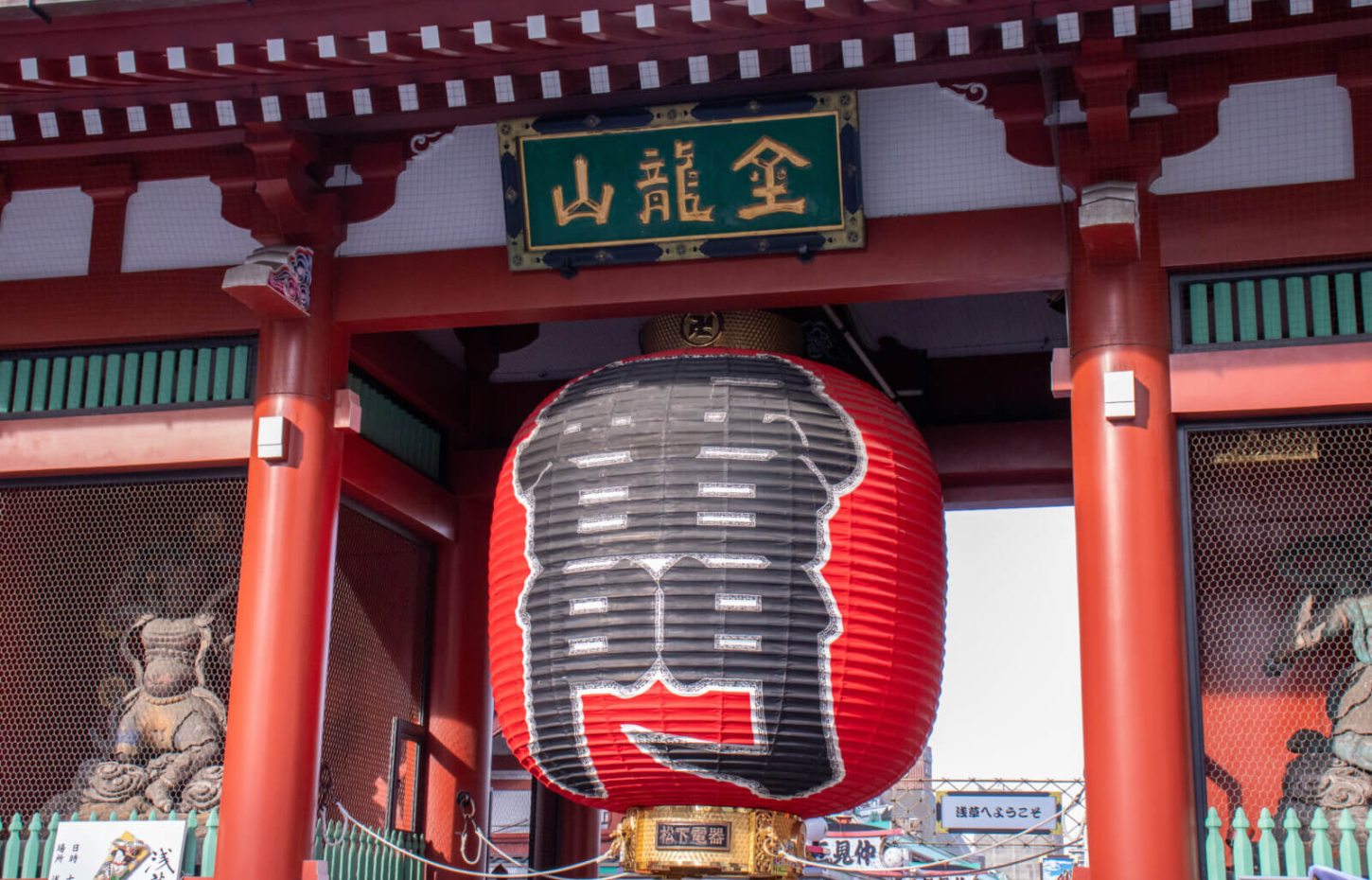
Complete Guide to Asakusa Tourist Spots | From Kaminarimon to Hidden Gems: Top 10 Selections Part 1

This article introduces a carefully selected range of tourist spots in Asakusa, from first-time visitors to repeat guests. From classics like Kaminarimon and Sensoji Temple to local secrets, this guide covers all the must-see attractions and access points in Asakusa, providing a comprehensive guide to enjoying each season and ensuring a fulfilling experience.
1. The Charm of Asakusa Tourism
1.1 A City Breathing History and Culture
Asakusa, a premier tourist destination in Tokyo, is steeped in history and culture dating back to the Edo period. The area is centered around historically significant temples and shrines like Sensoji Temple and Asakusa Shrine, where the ambiance of old Japan still lingers. Sensoji Temple, established in the Nara period, is known as the oldest temple in Tokyo and attracts many visitors annually. During the Edo period, this thriving temple town featured theaters and entertainment venues, serving as a hub for culture and entertainment.
Today, venues like the Asakusa Engei Hall allow visitors to easily enjoy traditional performing arts such as rakugo and manzai, making it a valuable place to experience Japanese traditional culture amidst modern life. Crafts like ukiyo-e and ningyoyaki, continuing from the Edo period, are also scattered throughout the town, offering a culturally rich tourism experience.
1.2 Fusion of Downtown Atmosphere and Modern Tourist Facilities
Another major attraction of Asakusa is the fusion of the warm, hometown atmosphere with modern tourist facilities. Between old eateries and shops, you’ll find modern cafes and observation decks with views of the Skytree, along with new experiential facilities, providing diverse ways to enjoy your visit.
For example, the Asakusa Culture Tourist Center, designed by Kengo Kuma, incorporates Japanese aesthetics into its modern architecture and is popular not only for tourist information but also as an observation space. Nearby attractions like Tokyo Skytree and Sumida River Cruises also allow visitors to fully enjoy the broader area centered around Asakusa.
The proximity to local residents is also a charm. Shopping in the shopping streets or taking a break in an old-fashioned cafe offers a nostalgic and warm atmosphere, allowing you to experience Asakusa not just as a tourist spot but as a living space.
| Elements of Charm | Specific Content |
|---|---|
| History & Tradition | Sensoji Temple, Asakusa Shrine, Engei Hall, Rakugo, etc. |
| Cultural Experience | Rickshaw rides, kimono rentals, traditional crafts |
| Modern Facilities | Asakusa Culture Tourist Center, access to Tokyo Skytree |
| Downtown Warmth | Shopping streets, souvenir shops, interaction with long-established eateries |
| Location & Convenience | Easy access from downtown, collaboration with surrounding areas |
As such, Asakusa is a unique tourist destination where tradition and innovation, culture and daily life intersect. Visitors can perceive the multi-layered charm of Asakusa from various perspectives, creating memorable and special moments.
2. Touring the Classic Spots
2.1 Highlights of Sensoji Temple and Kaminarimon
Essential landmarks for Asakusa tourism include ‘Sensoji Temple’ and ‘Kaminarimon’. Sensoji Temple, reportedly founded in 628, continues to convey its history and faith as the oldest temple in Tokyo. The official name of Kaminarimon is ‘Furaijinmon’, and walking under its lantern, visitors are greeted by the imposing figures of the Wind God and Thunder God on either side, leaving a strong impression.
Passing through Kaminarimon leads to ‘Nakamise Street’, where about 90 shops line the path leading to the main hall of Sensoji Temple. The main hall attracts many visitors throughout the year, offering experiences like fortune-telling slips and incense rituals. Behind the main hall, the ‘Obinzuru-sama’ is enshrined, believed to heal ailments when rubbed.
The evening lighting creates a fantastical atmosphere, making it an excellent spot to experience the evening charm of Asakusa.
2.2 History of Asakusa Shrine and the Sanja Festival
Next to Sensoji Temple is ‘Asakusa Shrine’, which enshrines the three founders of Sensoji Temple, also known as ‘Sanja-sama’. The ‘Sanja Festival’, one of the three major festivals of Edo, is a grand annual event held in May, showcasing the vibrant culture and community spirit of the downtown area.
During the Sanja Festival, over 100 local mikoshi (portable shrines) parade through the streets of Asakusa, with carriers in traditional happi coats energetically chanting as they march. Visiting Asakusa during this festival is highly recommended. The shrine’s grounds also offer a serene atmosphere with ancient trees and clean air, providing a peaceful place for worship even outside of festival times.
2.3 Eating Your Way Through Nakamise Street
‘Nakamise Street’ is a 250-meter-long shopping street from Kaminarimon to the main hall of Sensoji Temple, one of Japan’s oldest shopping streets dating back to the mid-Edo period. It offers a variety of products such as Japanese sweets, folk crafts, kimono accessories, and Japanese miscellaneous goods, but it is especially famous for its ‘street food’.
Below are some popular street food options on Nakamise Street.
| Shop Name (Example) | Signature Gourmet | Features |
|---|---|---|
| Asakusa Kukou | Fried manju | Crispy on the outside, moist inside. Popular for its moderate sweetness |
| Kimuraya Honten | Ningyoyaki | Anko-filled castella in shapes like Kaminarimon and five-storied pagoda |
| Jujukien | Matcha Gelato | Choose from different levels of matcha intensity, known as the world’s richest matcha ice cream |
Recently, photogenic Japanese sweets have also become popular, adding to the fun of taking sweets photos against the backdrop of Asakusa’s Japanese scenery. When enjoying street food, remember to be considerate of pedestrians and enjoy your food in designated areas.
3. Recommended Areas to Explore Asakusa’s Streets
3.1 Hoppy Street and Showa Retro Izakayas
One of the delights of Asakusa tourism is enjoying the atmosphere of downtown life, where locals and tourists mingle. ‘Hoppy Street’, known for its scene of red lanterns and Showa retro izakayas lining up in the evening, is also called ‘Nikomi Street’. This street has been the heart of local izakaya culture since the post-war period, known for its meticulously prepared stew dishes, yakitori, and Hoppy as a signature drink.
It’s accessible even for Asakusa beginners, with many shops opening from the afternoon, allowing visits during the day. Some shops offer outdoor seating like terraces, where spontaneous interactions with locals and travel stories often blossom. The nostalgic taste of the dishes and the warm hospitality provide a direct experience of Asakusa’s character.
3.2 The Charming Streets of Denboin Street
Located north of Sensoji Temple, ‘Denboin Street’ features a line of wooden buildings that recreate the townhouses of Edo, making it a historically atmospheric street. The 200-meter-long arcade is home to craft shops, candy artisans, and Japanese miscellaneous goods, making it a visually enjoyable street.
The street is named after ‘Denboin’, one of the sub-temples of Sensoji Temple, which opens its beautiful garden to the public in spring. The street is also known for its candy artisans performing in front of shops and old establishments loved since the Showa period, making it a valuable street where you can feel the scent of Edo culture just by walking.
Also, pay attention to the details of Japanese architecture such as lanterns, tile roofs, and lattice doors. Known as a photogenic street, it is a popular spot visited by tourists from both Japan and abroad.
3.3 Experience Professional Tools at Kappabashi Tool Street
An attractive area for cooking enthusiasts and those in the food and beverage industry is ‘Kappabashi Tool Street’, located within walking distance from Asakusa. This street stretches approximately 800 meters and is lined with about 170 shops dealing in professional cooking tools, tableware, signs, and food samples.
| Category | Representative Products | Features |
|---|---|---|
| Cooking Tools | Knives, pots, grills | High-quality items favored by professionals |
| Tableware | Japanese and Western tableware, lacquerware | Wide range available, from restaurant to home use |
| Food Samples | Restaurant menu models | Realistic appearance, very popular with tourists |
| Store Supplies | Signs, noren, decorative items | All essentials for store setup available |
It’s not just for shopping; the street is also popular as a spot to enjoy just looking around, especially among tourists from overseas who appreciate the realistic food samples. Some shops even offer food sample-making experiences, making it a favored spot for families creating travel memories.
There are various theories about the origin of the name ‘Kappabashi’, but the most credible is that it was originally called ‘Unubashi’, meaning ‘rain-prepared bridge’, referring to workers who were always ready for riverbank construction in rainy weather. This name eventually morphed into ‘Kappabashi’. Statues of kappa, mythical water creatures, are also scattered along the street, adding a unique touch to the street-walking experience.
Located slightly away from the hustle and bustle of Asakusa, the area offers a calm atmosphere where you can thoroughly enjoy shopping or sightseeing. A visit during your tour can captivate you with the visually appealing storefronts and the high specialization of the products offered.
About Miyakodori
Since its establishment in 1950, Miyakodori has consistently provided authentic Geisha entertainment.
It is the only place in Asakusa where the proprietress, a former Geisha with over 55 years of experience, resides.
Experience genuine Geisha culture at Miyakodori.
https://miyakodori-geisha.com/











No comments yet.